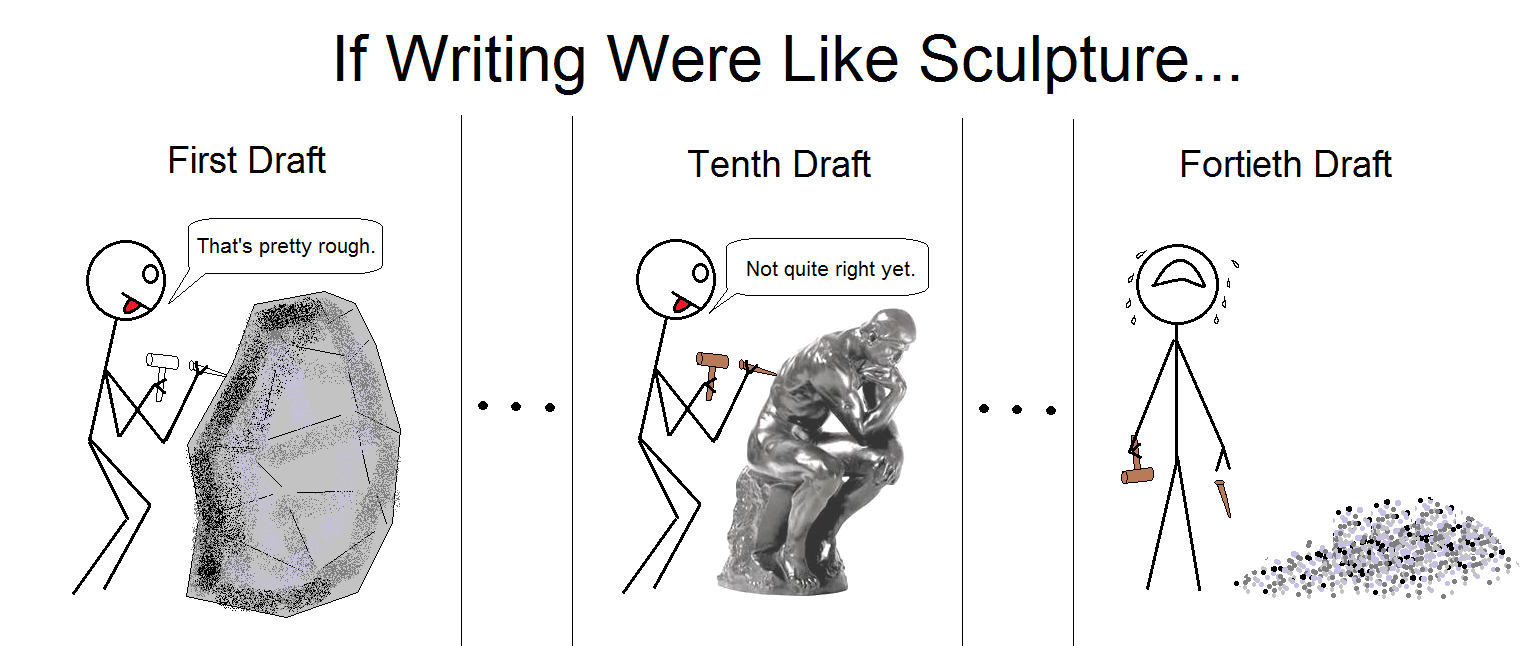These days, if you’re going to be an author, you need an author photo. When you get yours taken, it needs to be better than mine in several ways.
First, why do you need an author photo? Maybe you’d prefer not to have one, believing your image will turn readers away. If so, ask yourself if you’ve ever refused to buy a book because of the picture of the author. Nobody does that. For the real people who will buy your book, it’s comforting for them to see what kind of real person wrote it.
Mary Robinette Kowal listed the four functions of an author photo, but those functions boil down to one idea: it’s a selling tool.
If we analyze my author photo, we can identify several things I did wrong:
 I didn’t hire a professional photographer. Hannah Collins emphasized that in her post on author photos. Instead, I asked my wife, who is not a photographer, “Honey, would you take a picture of me?” Ever helpful and supportive, she replied, “Do I have to?”
I didn’t hire a professional photographer. Hannah Collins emphasized that in her post on author photos. Instead, I asked my wife, who is not a photographer, “Honey, would you take a picture of me?” Ever helpful and supportive, she replied, “Do I have to?”- We didn’t take many shots from which to choose. Vicki Lesage had hundreds of shots taken. My wife snapped one and my session was over.
- The setting isn’t indicative of my genre. Kat said the mood of the pic should match the mood of your books. My outdoor photo shows green foliage behind me as I wear a red shirt. Can you tell anything about my genre from that?
- It’s oriented as a portrait, not landscape. Thomas Umstattd stressed that point, since a photographer can do a lot with the side space, and a publisher can crop the photo to a portrait if necessary. My wife and I gave no thought to that.
- The photo lacks props. Both Ms. Collins and Ms. Lesage suggested using minimal props, the latter saying it’s an author photo, not a garage sale. However, I used no props at all.
- I didn’t use lighting to the best effect. Chris Robley advised you to play around with lighting to bring out the best image of you. My wife and I didn’t consider that for a moment.
- I didn’t bring several outfit changes to the photo shoot. Randy Susan Meyers said that’s important because you may not know in advance what clothes will look best in the photo. I showed up with one shirt…way too few.
- I didn’t wear makeup. Ms. Kowal believed even guys can benefit from makeup. Maybe so, but I didn’t use it for my photo, and wouldn’t know where to begin.
Even though I did many things ‘wrong,’ I think my wife took a good photo, considering whom she had to work with as a subject. It works reasonably well as a selling tool. Look at the picture again. It’s clearly the image of a guy whose books you’d like to read. Those eyes and that smile mesmerize you; you feel compelled by irresistible forces to drop what you’re doing and buy books written by—
Poseidon’s Scribe

 We could seek advice from accomplished authors. Unfortunately, the various quotes I’ve compiled run the gamut from the ‘don’t edit at all’ extreme to ‘seven revisions might not be enough.’
We could seek advice from accomplished authors. Unfortunately, the various quotes I’ve compiled run the gamut from the ‘don’t edit at all’ extreme to ‘seven revisions might not be enough.’